By Will Seagers
After a tasty meal and a free trip to the Twilight Zone courtesy of Hamburger Mary's, It's time to strut across Folsom Street (diagonally) to the sister establishment of equal fame - The Stud - for music, dancing and (more) cocktails!
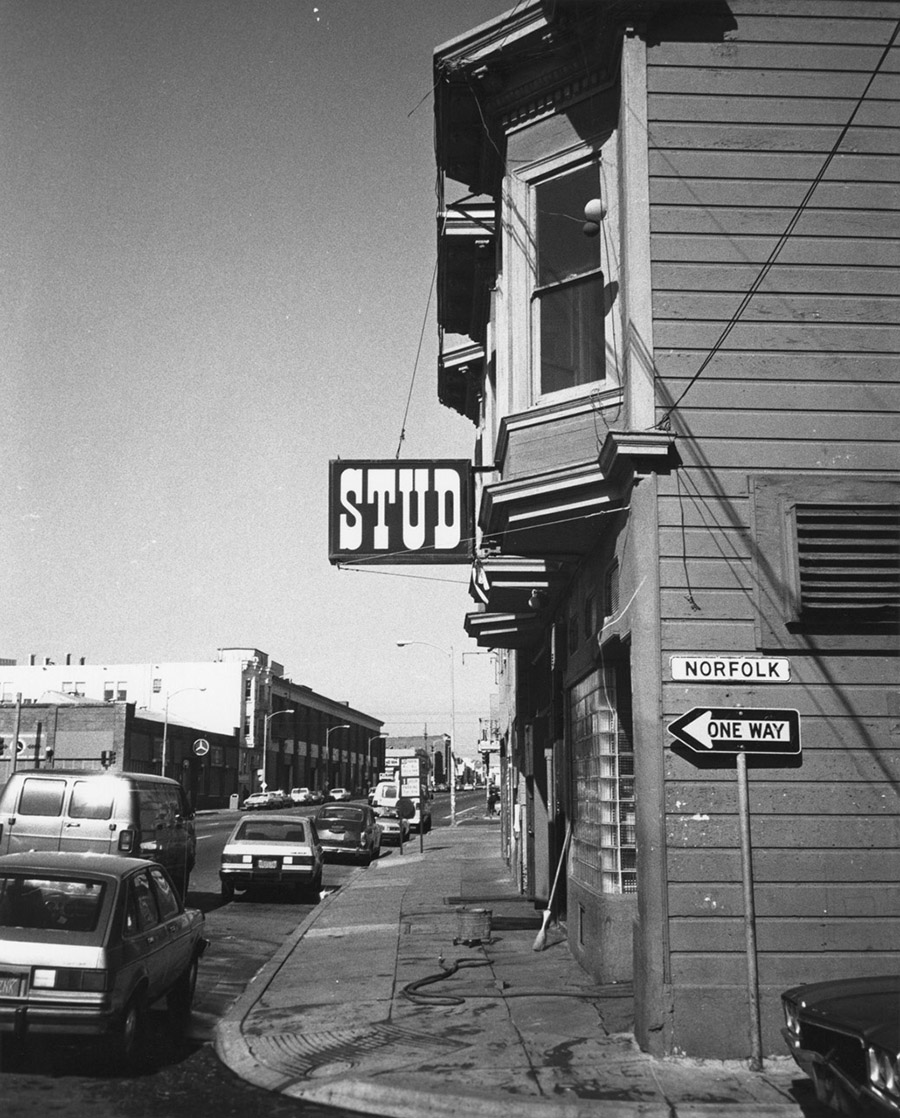
The Stud exterior, original location
When TNT Enterprises opened up Hamburger Mary's and The Stud, it was a joint effort by the two original owners – (T)rixie N (T)oulouse. By the end of the 70s, Trixie had left San Francisco to live in Hawaii and open three more restaurants - Honolulu, Maui and Portland. When he left S.F., Toulouse took over H.M and Trixie's ex, Jimmy, ran The Stud.
I remember my first time in The Stud. It was packed with all sorts of men and women - colorful to say the least. There was quite a din coming from the roar of the crowd and the DJ booth - one of the first in the city. There was quite a mix in the sexuality, too. Gay and straight mixed nicely together without issue. If who you were hitting on was not receptive, it could be because they were either not turned on to you or they were straight! LOL. More times than not, people's sexuality was so pliable you might be going home with someone from "the middle!" It was the 70s and there was still the leftover free love from "The Summer of Love" of the Haight/Ashbury era of 1969!
Anyway, walking into the bar you would notice a distinct similarity in decor to Hamburger Mary's. Very rustic cedar shake walls and lots of great Deco lighting fixtures. The island bar was the prominent feature for sure. It was a huge narrow rectangle that spanned almost the entire middle of the room. The bartending staff was equal to that of Hamburger Mary's in terms of its eclectic mix. Some bartenders were very hot and others made up for that with their very individual personas. To the right and rear of the large bar was the dance floor and DJ booth. Great music was to be heard from many genres. Disco was just beginning to bud and it was featured there frequently at the end of the 70s by DJs like Chrysler Sheldon, George Ferren and John Rendazzo, just to name a few. Later Larry Larue would play host to new wave and punk music as the 80 were ushered in.
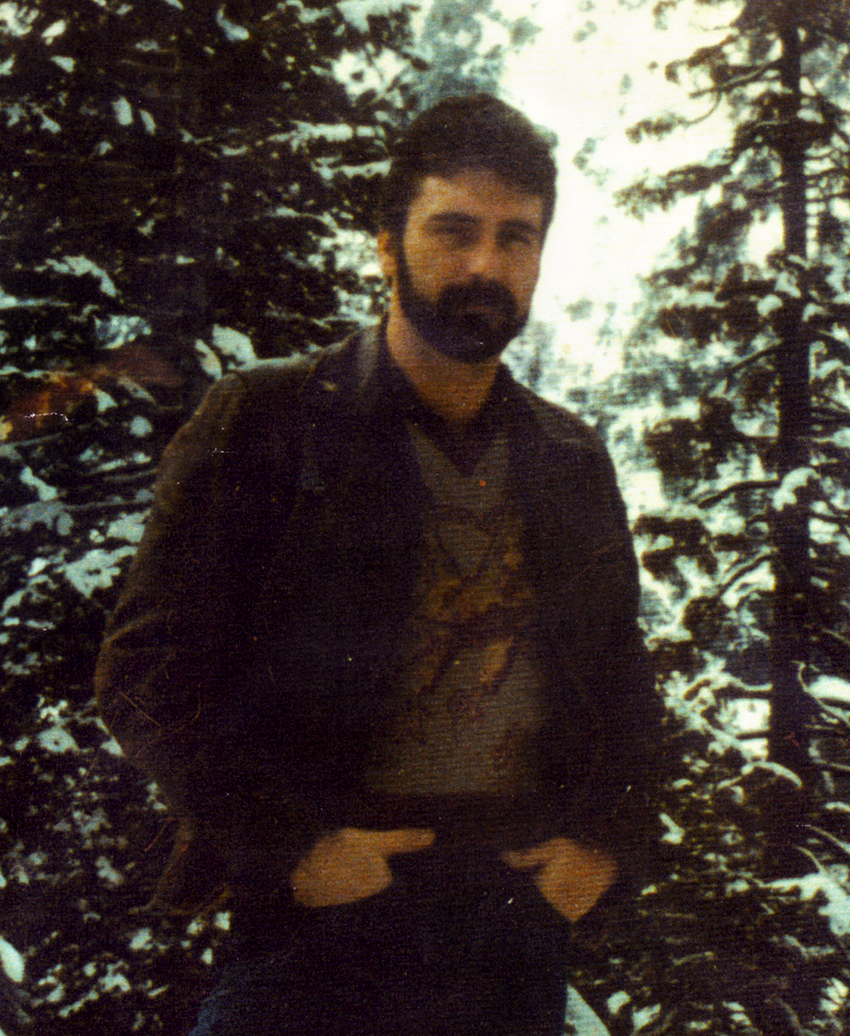
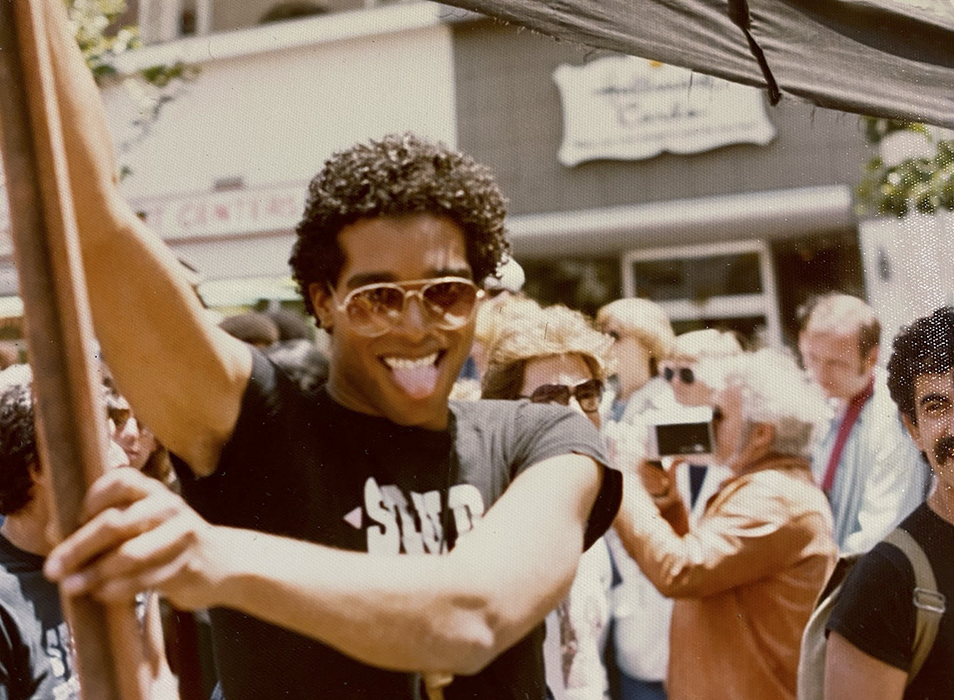
DJ Chrysler Sheldon in a Stud shirt (center) and a glimpse of DJ John Randazzo (right)
I was quite pleased to be invited to be The Stud's sound tech by Jimmy, the manager. I guess I was given good press by the folks over at Hamburger Mary's across the street! I used to frequent the bar to hear the sound system "in action." John, one of the DJs that I mentioned, liked having me in the booth for visits. I watched him spin and took notes. I told him that I was making tapes for clients around town. One night he asked me if I wanted to play. I was a bit timid at first... but, took him up on his offer. My brief debut that night and subsequent nights went well. This was the kick in the pants that I needed to pursue playing in public.
I had never known that The Stud's building was leased. Midway into the 80s the property owner, Alexis, came back to town and wanted the building back. The Stud was forced to move to its second location on Harrison Street were it remained until its closing just two years ago. Meanwhile, the original location remained a bar and was renamed The Holy Cow. I was their sound tech for a few months, then I moved on. One of the most distinguishing features of the newly renamed place was the life-sized fiberglass cow that was hung above the entrance!
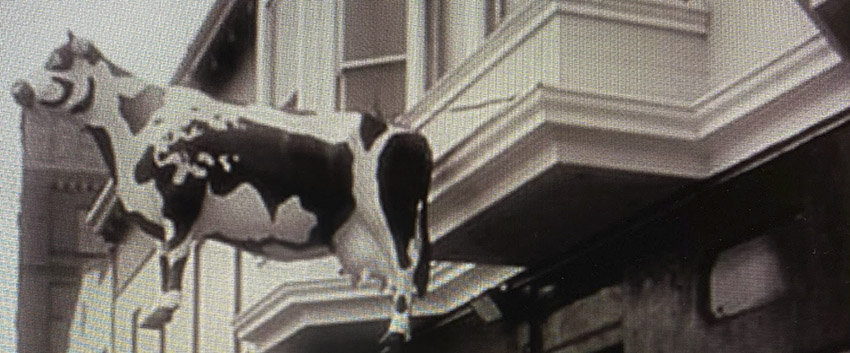
The relocating of The Stud was really a good move. They managed to retain a lot of the feel of the original place - decor wise and people wise. And, it seemed to grow in popularity and fame. In its last ten years, it hosted regular periodic parties such as "Go Bang" with its creators Sergio Fedaz and Steven Fabus playing the best music out there! They crafted a very "clubby” feel that was reminiscent of many New York neighborhood dance bars. Sergio and Steve not only played but had top name guest DJs regularly. My last visit to San Francisco was in 2019 where I attended "A Tribute to the Troc." This was a party dedicated to the famous San Francisco disco Trocadero Transfer, also located in the South of Market region. Magical music from that era was skillfully played by Jerry Bonham that night. Familiar faces were in the crowd to celebrate and reminisce.
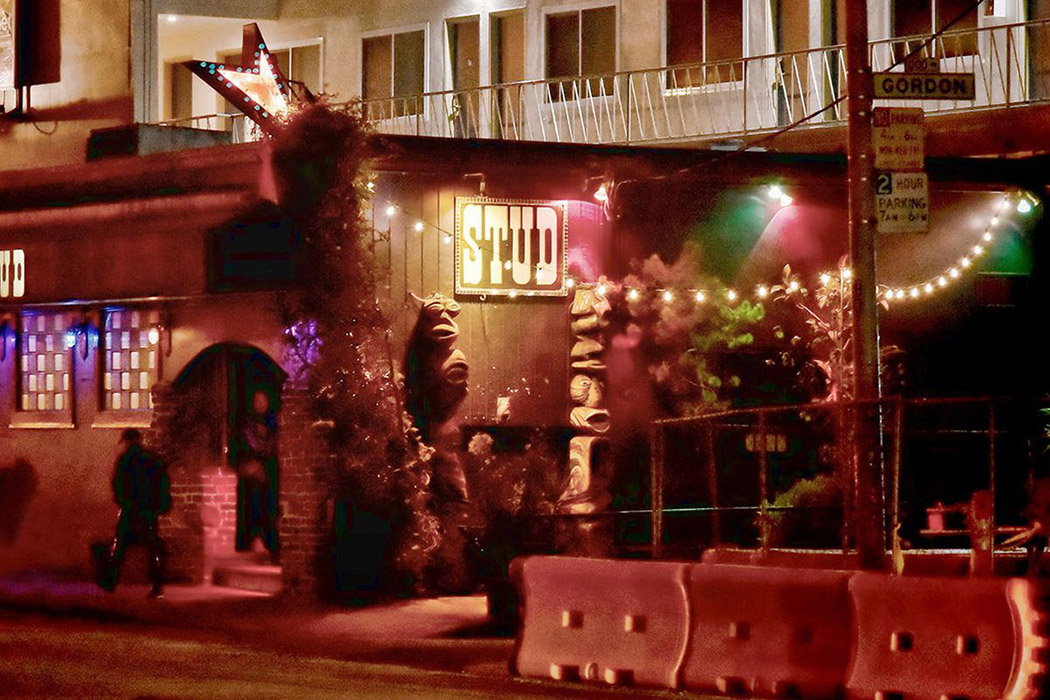
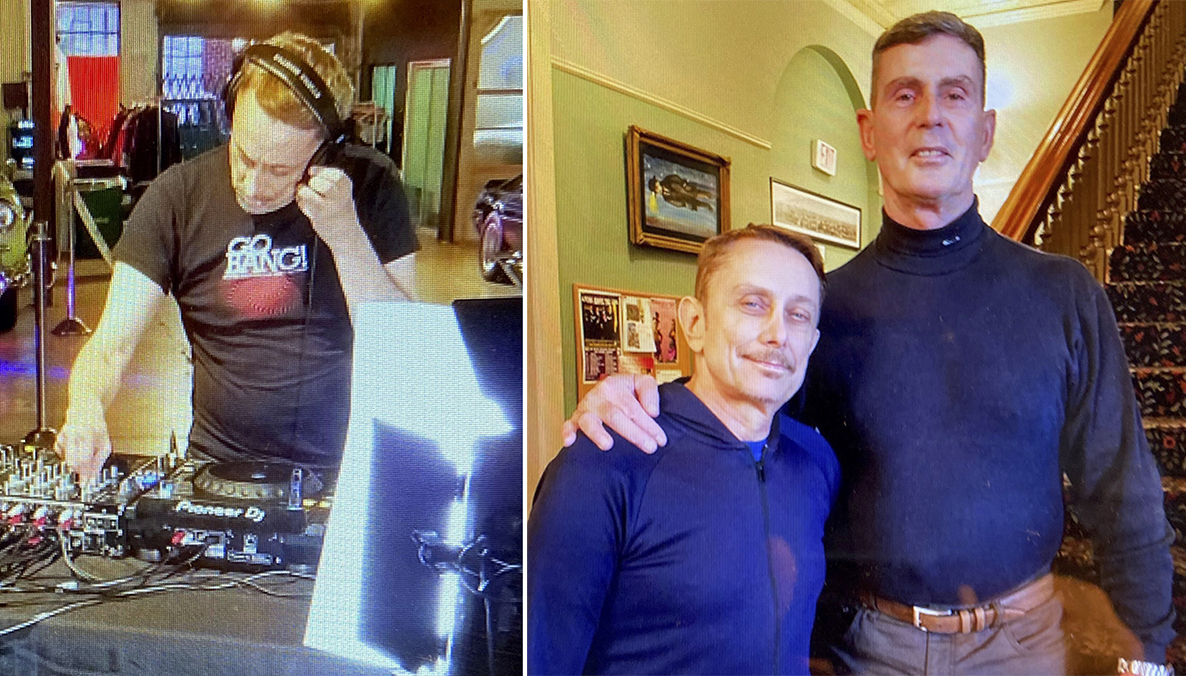
Steve Fabus in a Go Bang shirt (L) and Steve with Will on a recent visit (R)
It is hard to believe that there is no more Stud! COVID and the crazy San Francisco rent prices brought the bar to its close. It was truly the end of an era! But, I am willing to bet there will be one more clever redo... after all, Third Time is the Charm!
Bio of Will Seagers:
Will Seagers (also credited as Matt Harper), within his multifaceted career and participation in numerous gay communities across the country in the '70s and '80s and beyond, worked as a print model and film performer. He made iconic appearances in releases from Falcon, Hand in Hand, Joe Gage, Target (Bullet), J. Brian, Steve Scott, and more, including in lead roles in major classics like Gage's L.A. Tool & Die (1979) and Scott's Wanted (1980). He brought strong screen presence and exceptional acting to his roles and was scene partners with many fellow legends of classic porn.
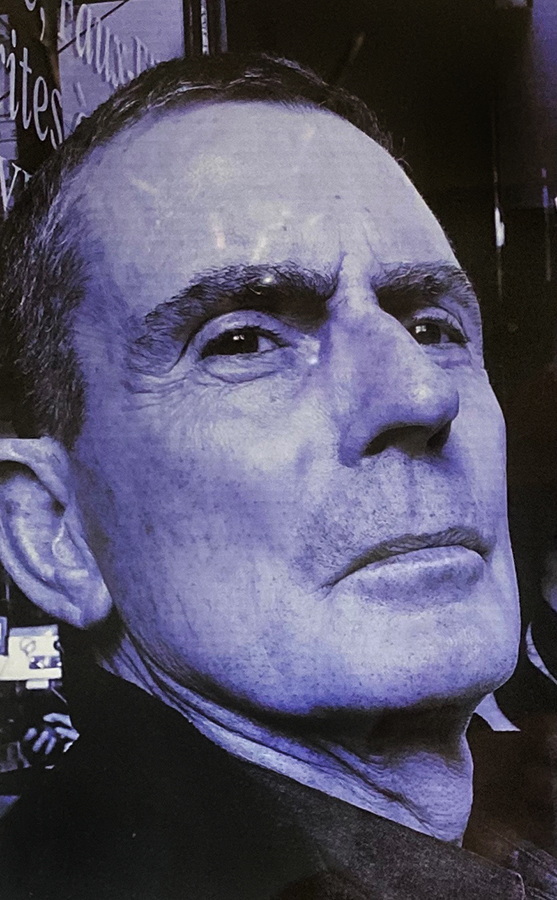
You can read Will Seagers' previous blogs for Bijou here:
Welcome Matt/Will
What's For Dessert?
On and Off the Set of L.A. Tool & Die
Wanted, Weekend Lockup and Weekends in Hermosa Beach
Honeymoon in the Palms
Birds of a Feather
The Stereo Maven of Castro Street
The Pass Around Boy
The Ecstasy and the Agony
Fitness and Fantasy: The Early Gyms
Chasing the Boys and Chasing the Sun: My Story of Sun Worship and Where It Got Me
Becoming Invisible
The Reverse Story of Dorian Gray
Pin Money
One Organ Leads to Another! Part 1
The Wheels of Steel
Feast and Famine: The 1970s to the 1980s
An Alphabet Soup of Powders and Pills
Merry Christmas (and Getting Re-Organized)
Now and Then
DEEP INSIDE THE CASTRO: The Badlands
DEEP INSIDE THE CASTRO: Moby Dick Bar
DEEP INSIDE THE CASTRO: "Just Another Stroll Down the Castro!"
Diving Into SoMa/Folsom: Hamburger Mary's




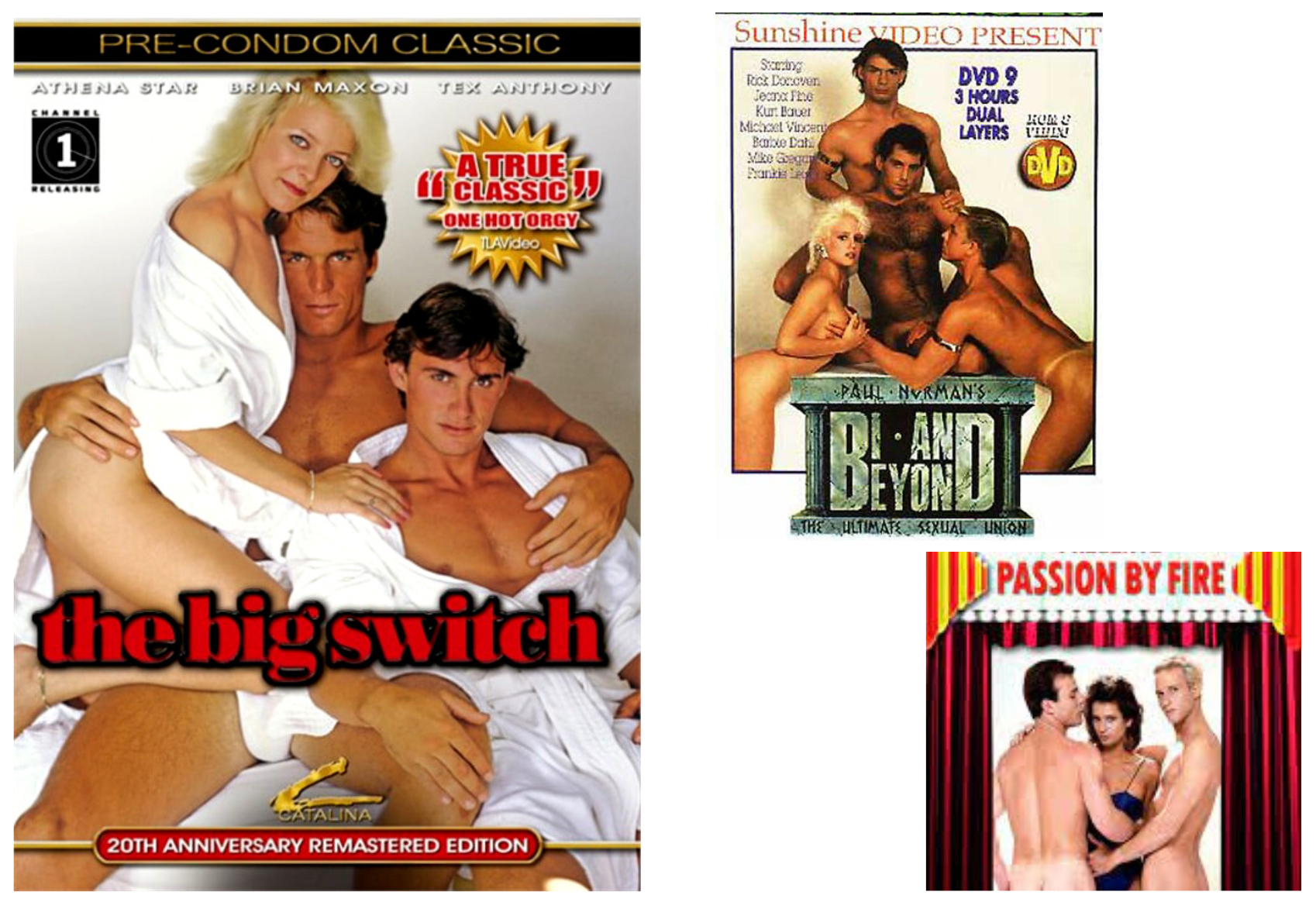
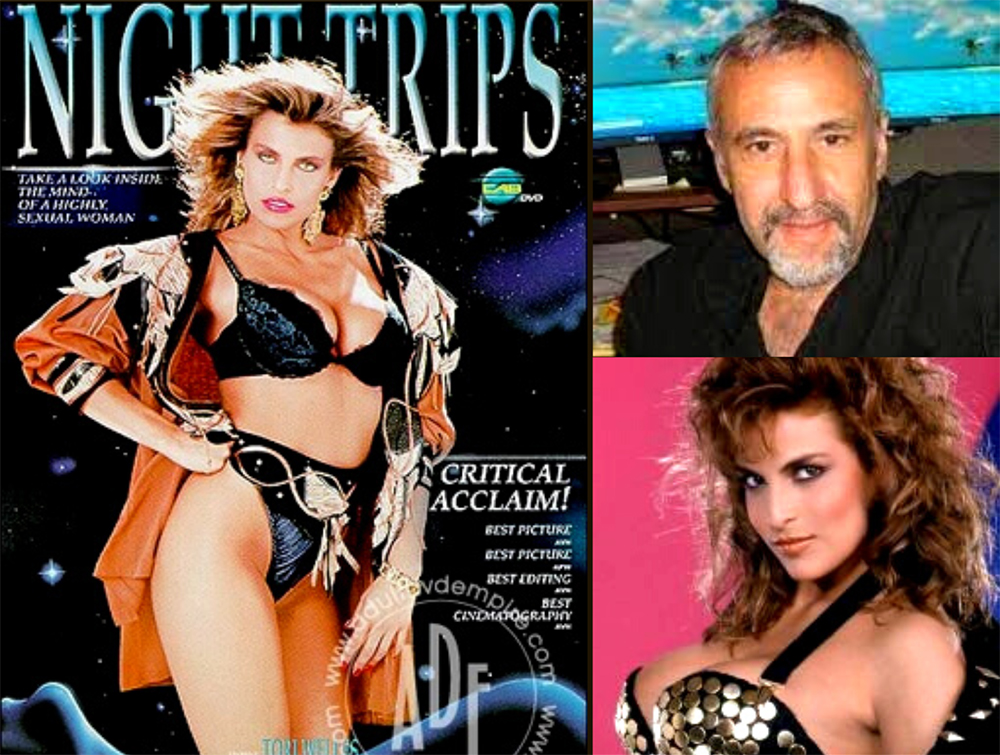
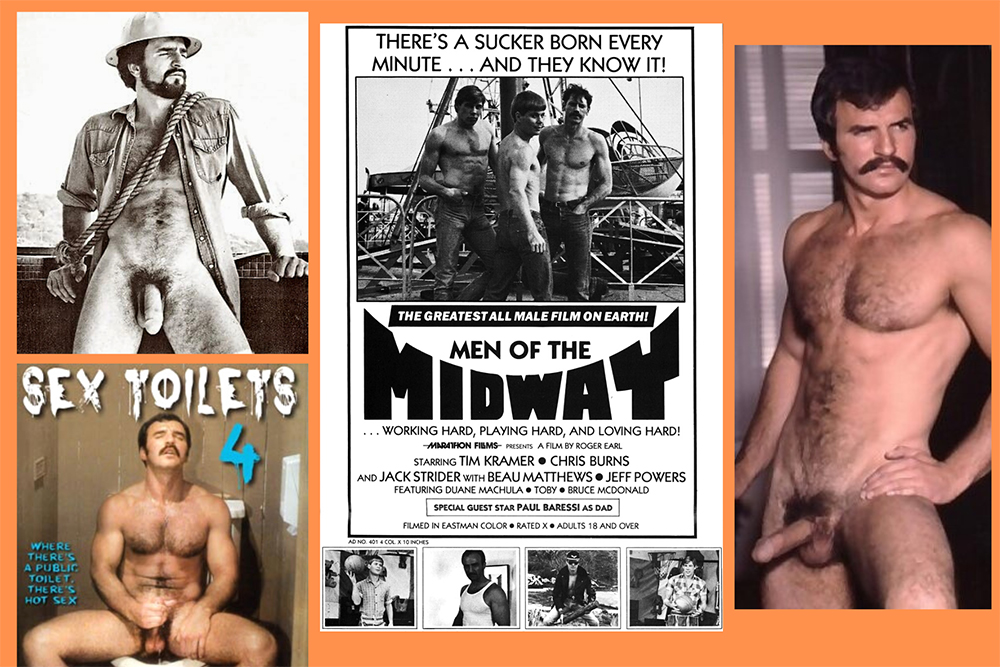
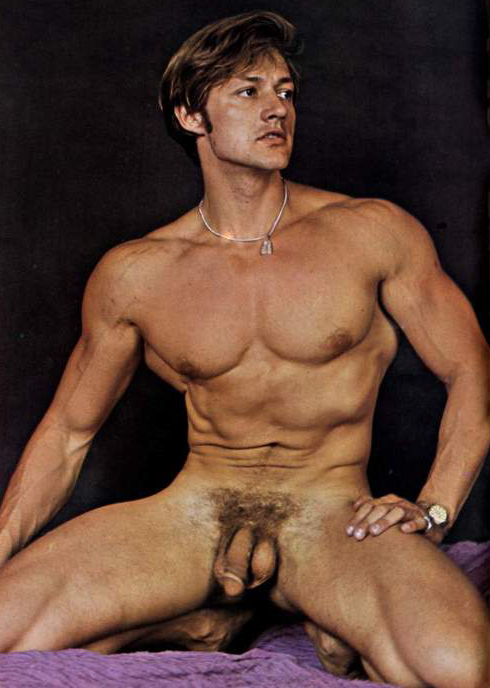
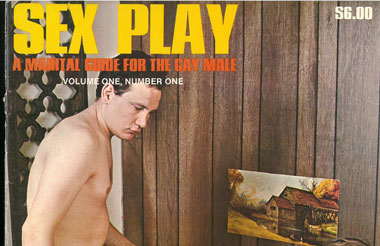
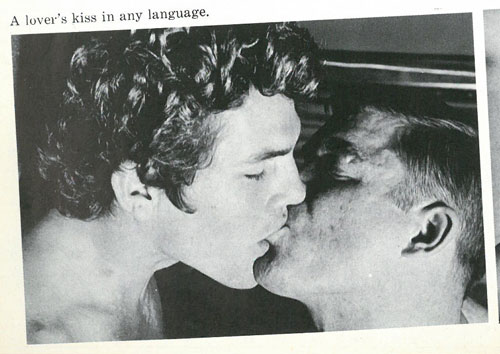
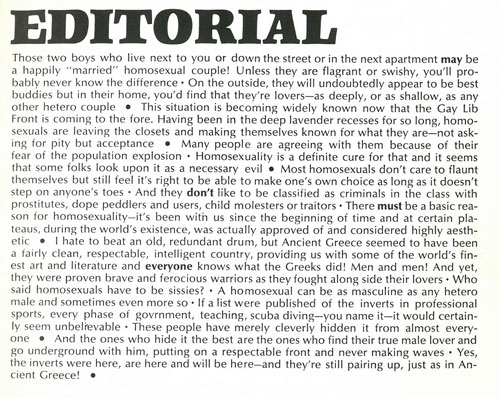

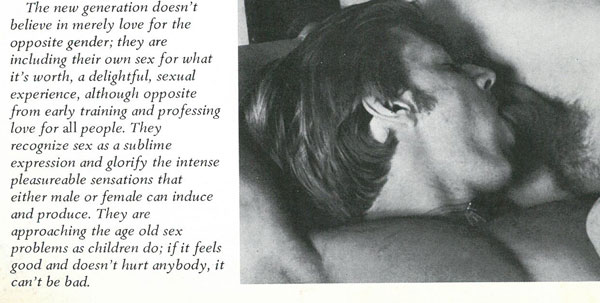
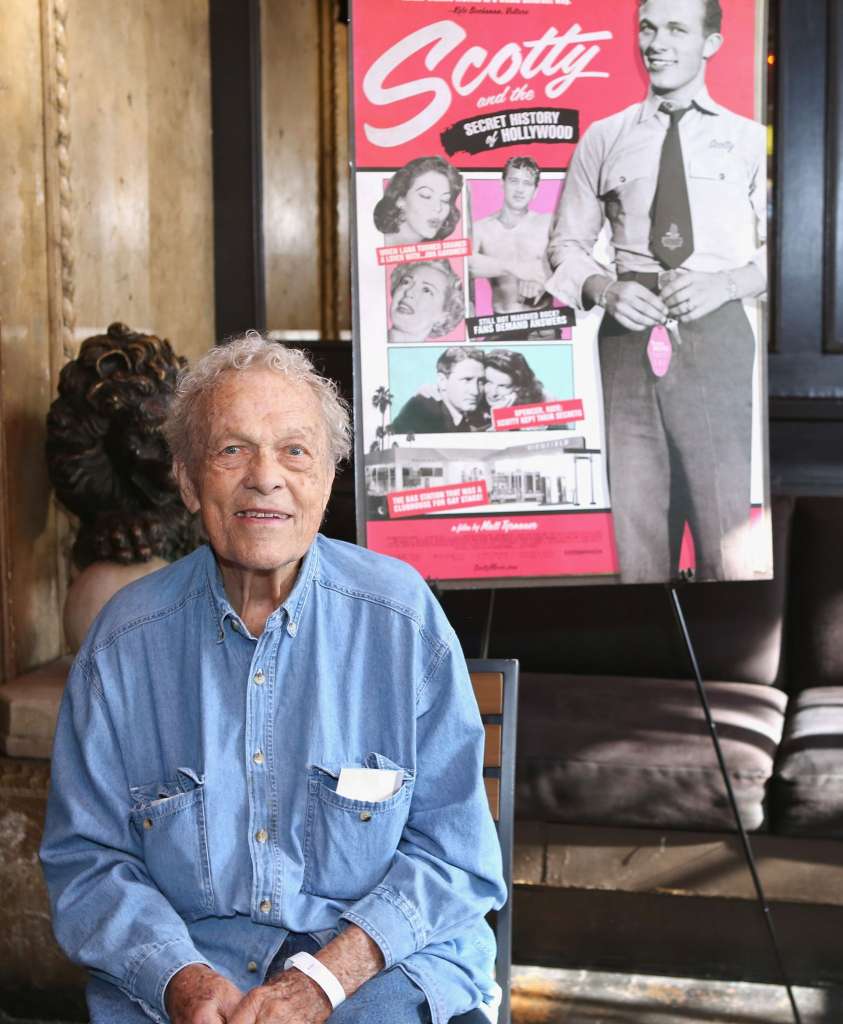
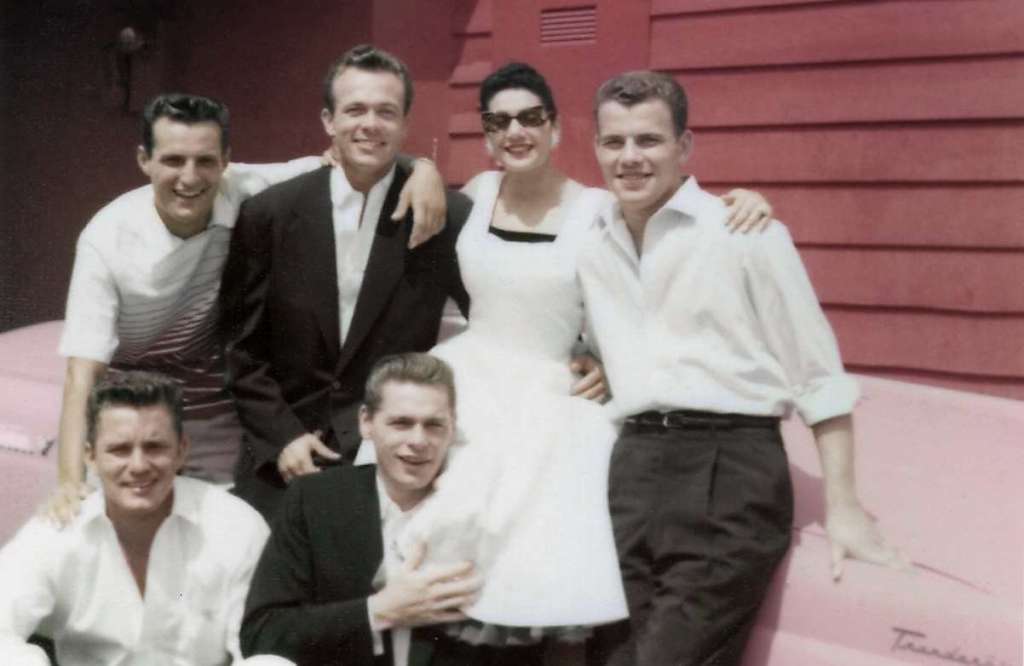
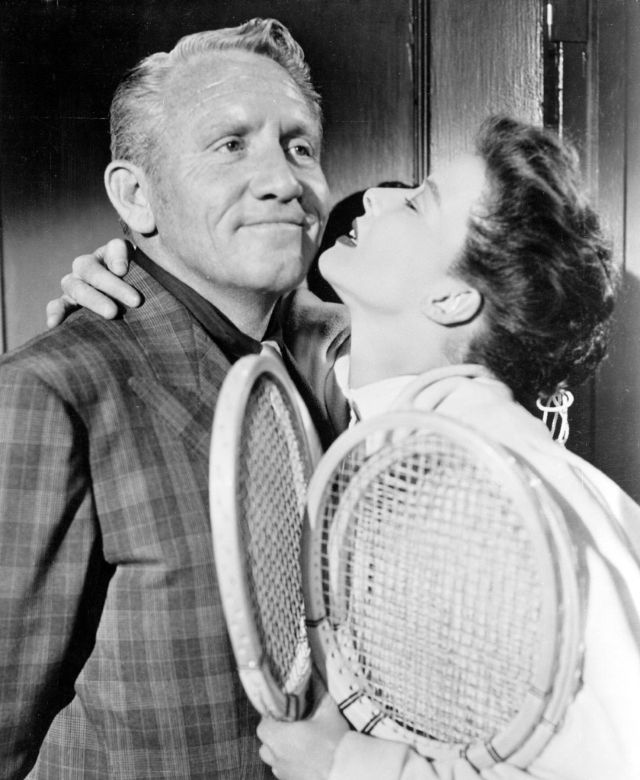
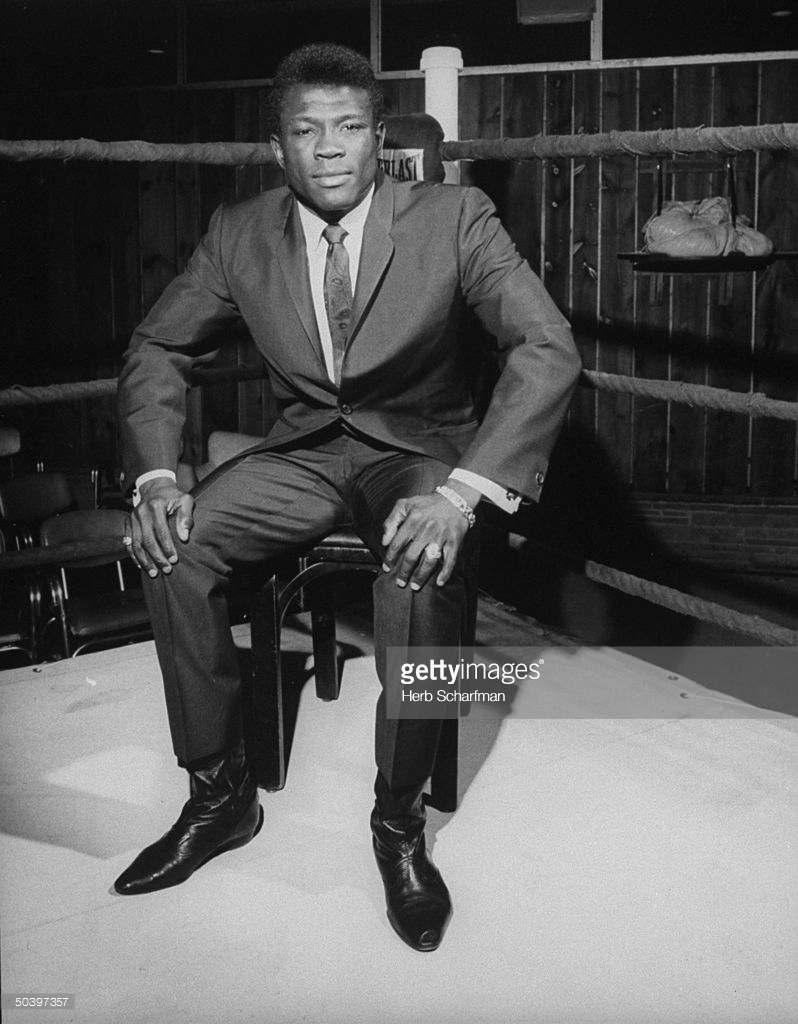
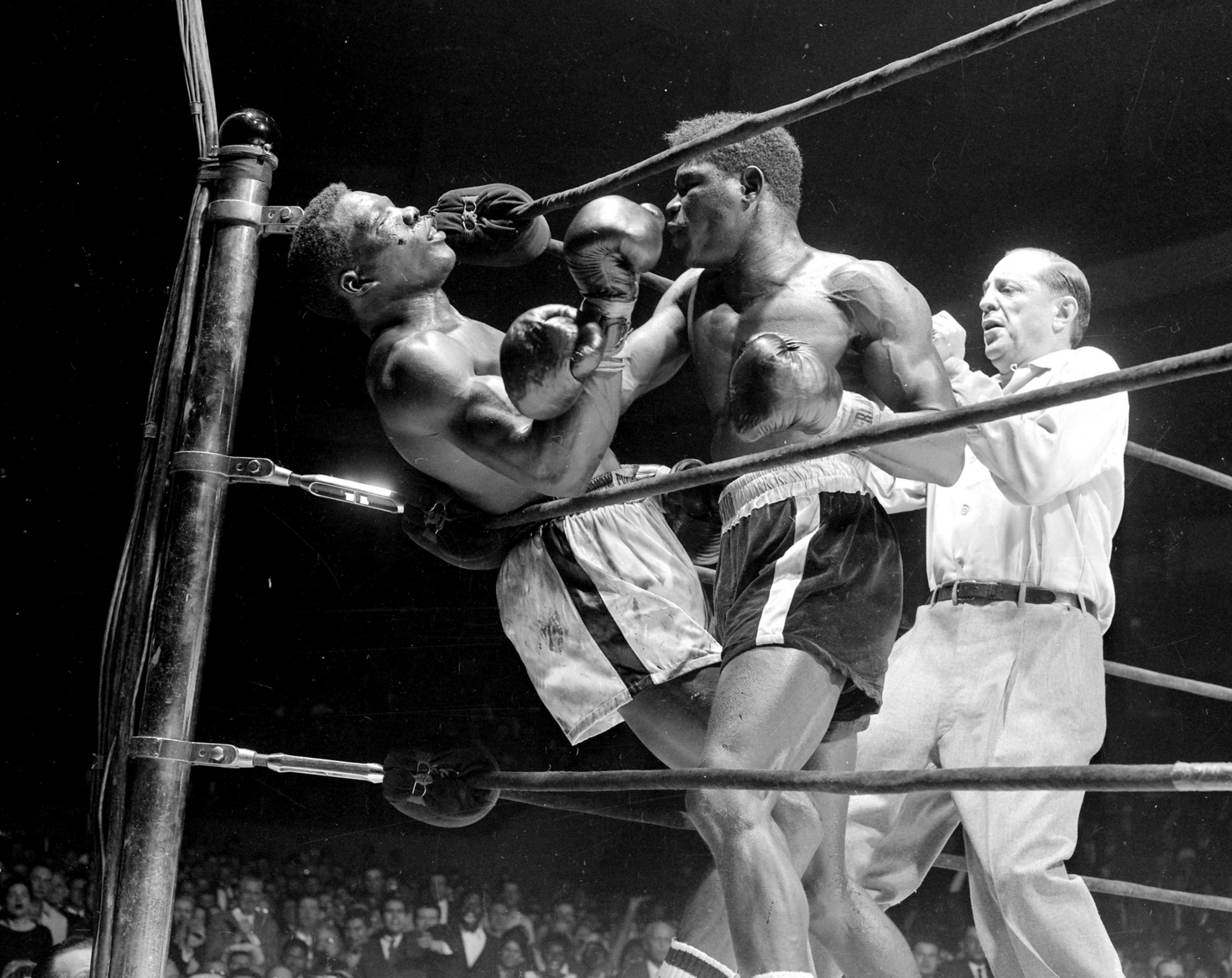
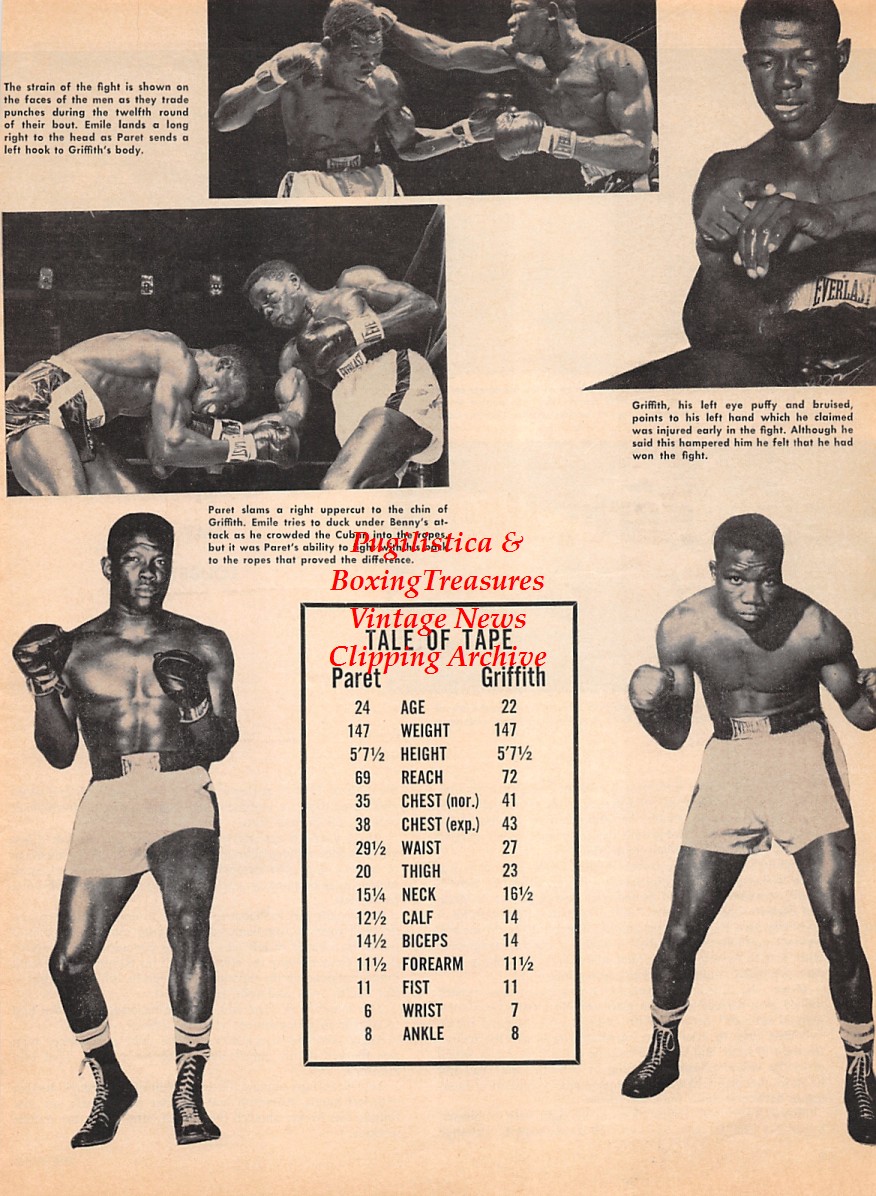
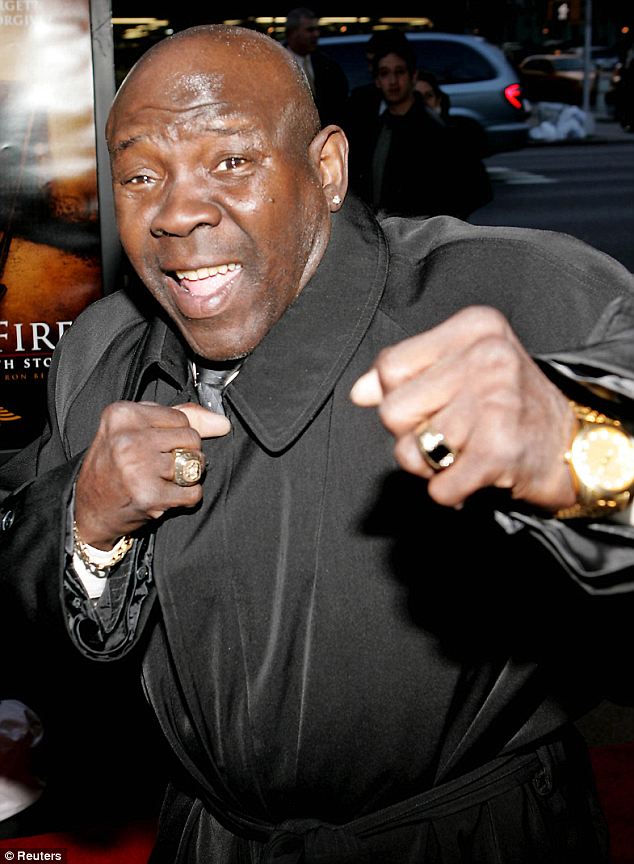
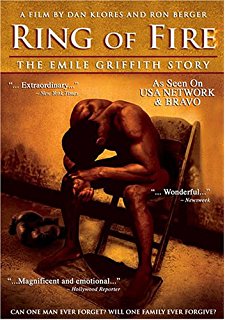
 Join our Email List
Join our Email List Like Us on Facebook
Like Us on Facebook Instagram
Instagram Youtube
Youtube Follow Us on Twitter
Follow Us on Twitter Follow us on Pinterest
Follow us on Pinterest